At POMIET, we strive to empower healthcare professionals with cutting-edge visualizations that drive transformative insights and improve patient outcomes.

Your Healthcare Data Visualization Needs These Three Elements
Article May 18, 2024
Carrie Nickels
Are you ready to take your healthcare data visualizations to the next level? Our POMIET team constantly seeks ways to improve how medical data is represented and received. The industry may be rapidly changing, but improving your visualizations is still possible!
Important health decisions are made daily on health data, which means a thoughtfully-crafted chart can bring healing to patients. With the three crucial principles of accuracy, relevance, and user-friendliness, data visualization becomes more than a clump of graphs. Refine your work into a truly transformative report with these elements.
The Keys To Representing Healthcare Data
Keep Accurate Information
Precision and reliability are non-negotiable in an industry where lives are at stake. Healthcare professionals rely on data visualizations to extract valuable insights, make informed decisions, and improve patient care, which means accuracy and clarity make all the difference. Make sure the information you present is an authentic representation of the underlying data, leaving no room for misinterpretation or ambiguity.
The clarity of a well-researched report eliminates confusion and enables healthcare practitioners to grasp complex information quickly and easily. When you prioritize accuracy and clarity in healthcare data visualizations, you empower healthcare professionals to be confident and take decisive actions on data insights, ultimately leading to better patient outcomes.
Stay Industry Relevant
There's more to visualizations than colors and geometric shapes; the info they deliver must have the right context to be understood. The healthcare landscape is a complex tapestry of patient data, medical records, research findings, and more. To truly make an impact, visualization needs to be relevant to the specific domain and tailored to address the unique challenges healthcare practitioners face.
Think about the intended audience of the data. What type of work do they do? What problems do they face, and does your visualization address those problems? Align your charts with specific healthcare goals, and incorporate industry-specific knowledge. When you provide relevant context, the right action to take from the information becomes clear. Whether it's uncovering trends in disease prevalence, monitoring treatment efficacy, or optimizing resource allocation, relevance, and context are key to unlocking the true potential of healthcare data visualizations.
Build A User-Friendly Report
Your charts and graphs may be relevant, accurate data representations, but an unengaged viewer will pass them by. As healthcare becomes increasingly driven by self-service analytics and democratized data access, user-friendliness and interactivity take center stage.
Healthcare professionals, policymakers, and even patients should be able to effortlessly navigate and interact with your visualization, easily pulling helpful insights. Here are a few simple ways to implement interactivity are:
- A simple user interface with a universal language for navigation
- Features that require engagement, like buttons and further info deeper in the visualization
- Customizable options that give a viewer multiple perspectives on the data at their discretion
By placing user experience at the head and designing visualizations with accessibility and usability in mind, healthcare organizations can foster a culture of data-driven decision-making, collaboration, and continuous improvement.
We're Committed To Healthcare Innovation
At POMIET, we are committed to pushing the boundaries and shaping the future of healthcare data visualization. We understand how important accuracy, context, and user-friendliness are because we've seen how data improves a patient's health.
We strive to empower healthcare professionals with cutting-edge visualizations that drive transformative insights and improve patient outcomes. Add these key elements to your work, and join us as we continue to innovate, transform, and make a lasting impact in healthcare data visualization.
Looking for a guide on your journey?
Ready to explore how human-machine teaming can help to solve your complex problems? Let's talk. We're excited to hear your ideas and see where we can assist.
Let's Talk